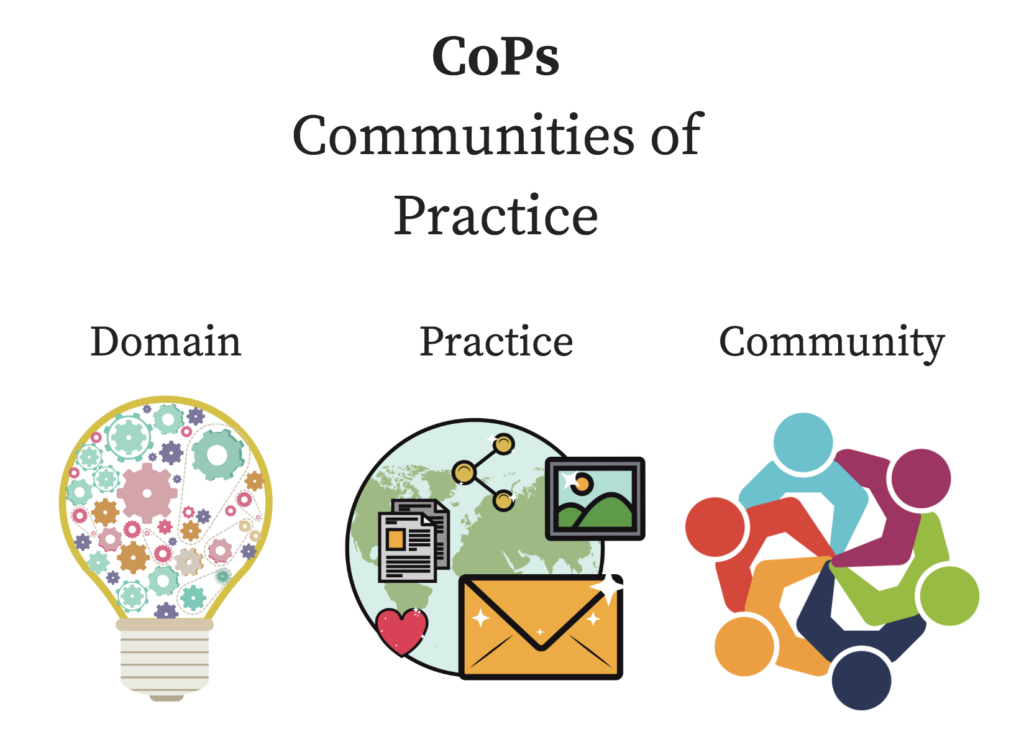
The effective governing boards share long term vision and safeguard the interest of the shareholders, healthcare organizations. For example, the roles of the effective governing board of directors, in publicly held companies is governed in part by the Sarbanes-Oxley Act of 2002 and is designed to serve as a benchmark for management to protect shareholders. Directors on health care company boards have an added complication to their roles due to specific regulations in health care industry. Healthcare boards of directors must understand that compliance with special regulations is vital in the sustainability of business operation and rankings. Additional critical area for healthcare organizations to improve effectiveness is by enhancing strategic revisions. The management of healthcare organization are accountable for inaugurating the strategic direction of the company but should do so in unification with the board of directors. The board’s role is to approve and propose revisions to the company’s strategic planning. Another important role of the board members is to deliver long-term visionary direction for the health care companies on whose boards they serve.
The best and most cost-effective outcomes for patients and clients are achieved when professionals and members learn to work together to ensure progress in practice and service purposes. Communities of practice are not a new kind of organizational entity; rather, they are a dissimilar part on the organization’s structure–one that emphasizes the learning that people have done together rather than the entity they report to, the project they are working on, or the people they know. Communities of practice differ from the team in the way they delineate their enterprise, exist over time, and set their boundaries. People belong to communities of practice at the same time as they belong to certain team environments. In their work units, they shape the organization. In their teams, they take care of projects. In their networks, they form relationships. And in their communities of practice, they develop the knowledge that lets them do these other tasks. This informal fabric of communities and shared practices makes the official organization effective and, indeed, possible. Communities of practice are everywhere. We all belong to a number of them–at work, at school, at home, in our hobbies. Some have a name, some don’t. We are core members of some and we belong to others more superficially. You may be a member of a band, or you may just come to rehearsals to hang around with the group. However, a team is like an extraction from the communities of practice. Additionally, the team’s responsibilities are more of a goal-oriented. For example, during my active years at University of Missouri-Kansas City, I attended several charity conferences, include one at the Midwest Center For Nonprofit Leadership. The conference was very fascinating from its inception. By mere looking at the session, one may not resist to see communities of practice at work. These professionals were working on charity efforts, and as families, in some ways to reduce homelessness in the region.
